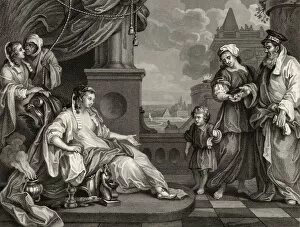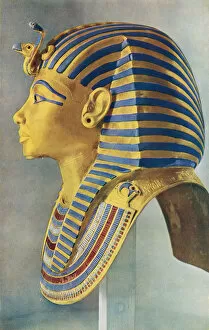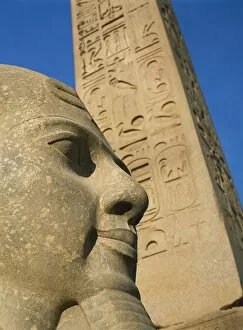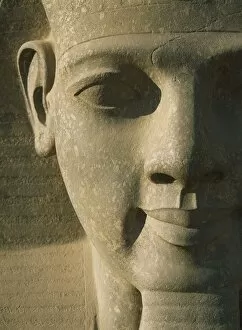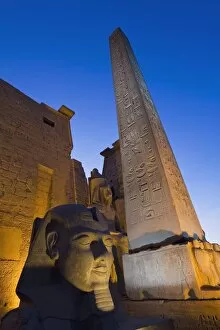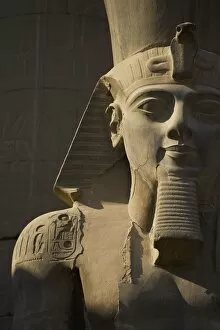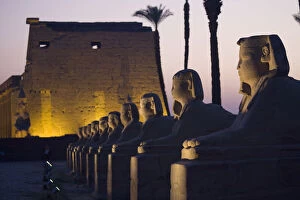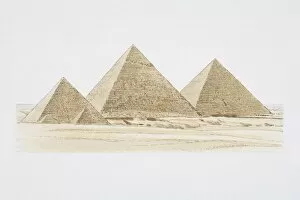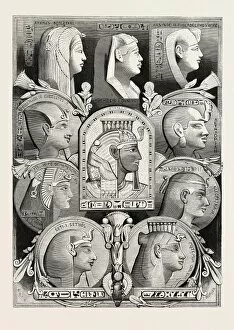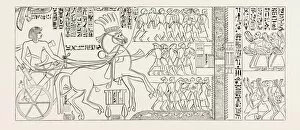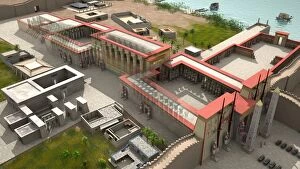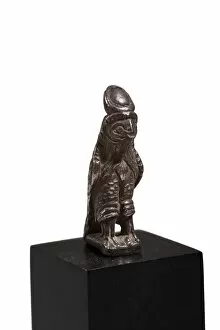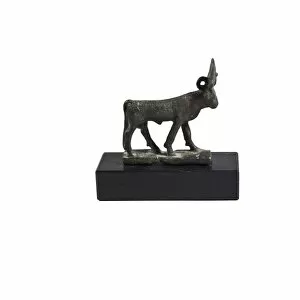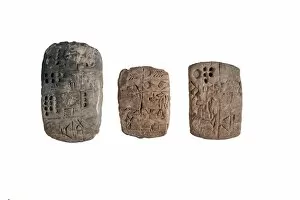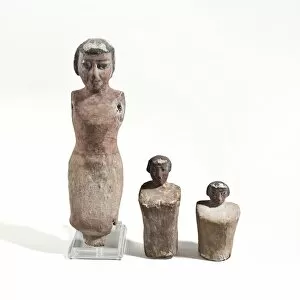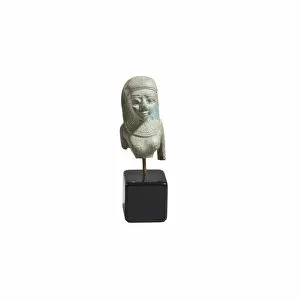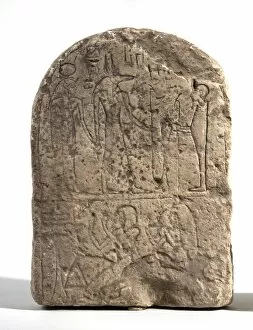Pharaohs Collection (page 4)
Pharaohs, the ancient rulers of Egypt, continue to captivate us with their opulent treasures and intriguing stories
For sale as Licensed Images
Choose your image, Select your licence and Download the media
Pharaohs, the ancient rulers of Egypt, continue to captivate us with their opulent treasures and intriguing stories. The Gold mask of Tutankhamun, housed in the Egyptian Museum in Cairo, stands as a symbol of their grandeur. Crafted with meticulous detail, it reflects the wealth and power that these pharaohs possessed. The Book of the Dead of Hunefer takes us back to ca 1450 BC when this sacred text was created. It offers a glimpse into the beliefs and rituals surrounding death in ancient Egypt. This remarkable artifact reminds us that even in death, they were surrounded by elaborate ceremonies and preparations for the afterlife. In Queen Nefertari's tomb lies an exquisite scene depicting her playing Senet—a popular board game among Egyptians. This artwork showcases not only her beauty but also her leisurely pursuits as a queen alongside Pharaoh Ramesses II. Egyptian servant girls played an integral role in supporting pharaohs' lavish lifestyles. Their presence is evident through various artifacts like jewelry such as Bracelet with the Eye of Horus—an emblem associated with protection and good health—crafted during 943-922 BC. While many movies have attempted to recreate ancient Egypt on film sets like Pinewood Studios in Buckinghamshire or ATLAS Film Studios and CLA Film Studios in Quarzazate, Morocco; nothing compares to witnessing firsthand the awe-inspiring statues like that of Akhenaten or exploring real archaeological sites across North Africa. Building pyramids was no small feat for these ambitious rulers. An illustration from Wonders of Land and Sea published in London highlights their engineering prowess while showcasing how they shaped landscapes forever. Tutankhamun's solid gold portrait mask remains one of history's most iconic images—a testament to his short but impactful reign during c. 1332 BC - 1323 BC. Its discovery sparked worldwide fascination with ancient Egypt's mysteries.


